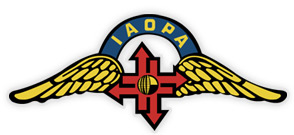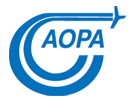 |
||
| |
||
|
||
|
|
||
EASA’s proposal for a Europe-wide licence seems to be suffering death by a thousand cuts at the hands of national aviation authorities who have their own ideas about what it should allow the pilot to do, and how it should be run. The original plan for the sub-ICAO ‘recreational’ licence, a flagship of EASA policy towards GA, was for a licence to fly aircraft up to 5,700kg, with the option of adding ratings, and with a ‘bridge’ to an ICAO licence so that hours flown for an EASA licence would count towards a full ICAO-compliant ticket. Unfortunately the Council of Europe, a group of representatives of transport departments in each EU country, is busy dismembering the proposal, and looks as if it wants to turn the licence into a minority ticket which would suit very few pilots. Council members, briefed by their national aviation authorities, are particularly set against allowing the licence to be issued by ‘assessment bodies’ rather than the NAAs themselves – an idea that was introduced to keep cost and complexity down. Member states say they will refuse to accept licences issued by assessment bodies in other states. Licences will have to be issued by an NAA, or by an assessment body under its authority. In addition they want the licence restricted to 2,000kg aircraft, and many states want to impose further restrictions, like single-engine piston and VFR-only. They do not want it to be possible to add ratings, and most damningly, they want to kill the idea of bridges to ICAO licences – any EASA licence holder who wanted a professional licence would have to start again from scratch. This latter idea would of course be a killer blow to the EASA licence, rendering it useless except for a minority of fliers. The Council is also opposed to EASA’s proposal for a medical based on a declaration of fitness signed by a GP and is specifying that a medical examination must take place. These matters are currently under discussion in the Council, which refers to the licence disparagingly as a ‘leisure’ licence, bearing out IAOPA-Europe’s concerns that calling it a ‘recreational’ licence would make it an easy target for those who want to restrict GA further. The Council is working on a final text to be presented to the EU Parliament. IAOPA-Europe is talking to Members of the European Parliament in an attempt to shore up EASA’s original vision, and hopes the Parliament will send back the Council’s text for renegotiation. |
||
|
|
||
